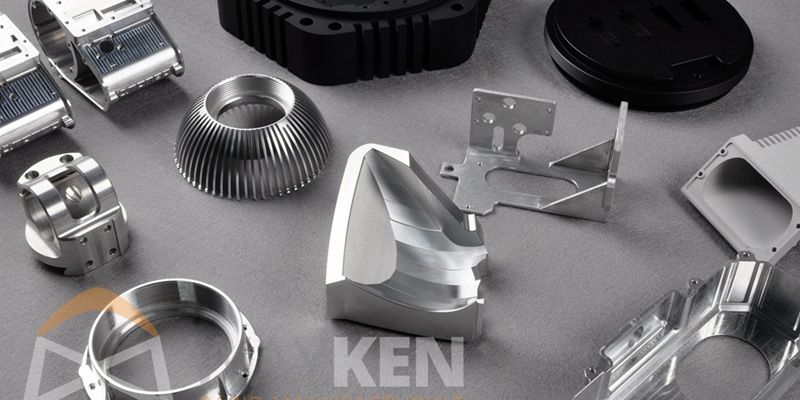- March 8, 2022
Computer Numerical Control (CNC) machining is the type of manufacturing in which parts are made with the help of numerical codes. There are a lot of advantages of CNC machining like it increases the speed of parts production and reduces a lot of manufacturing time in case of the production of identical parts.
It also reduces human errors during manufacturing as it is being controlled by the computer. CNC machining is also preferred for the production of complex parts with precision.
3D printing differs from CNC operations as it is an additive type of manufacturing. For the production of plastic and lower quality materials, 3D printing is preferred. However, when you are required to cut the products with precision and a high number of identical products is required then CNC machining is preferred instead of 3D printing.
The products of various materials can be made with the use of CNC machines i.e. metals, alloys, and plastics. The cost of 3D printing services is not preferred for mass production. The cost required to manufacture products using CNC technology depends on different factors.
In this article, different factors are discussed that are affecting the CNC machining cost. It will help you to calculate the CNC machining costs and provide tips to reduce them.
9 Factors affecting the calculation of CNC machining cost
CNC machining costs may vary depending upon different factors as discussed below:
1. CNC Machine costs
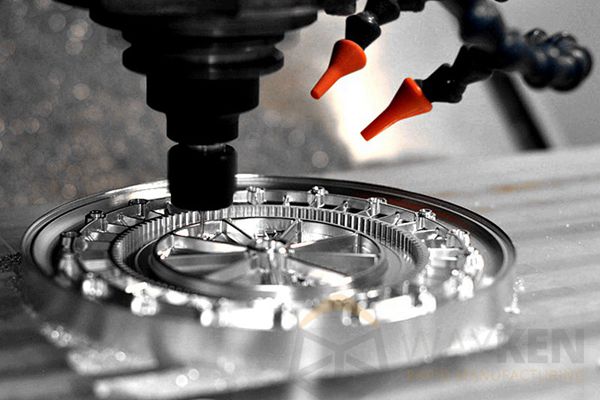
Machining cost changes with the change of type of the machine. Mainly, there are two types of machines that are being used for manufacturing parts using CNC machining i.e. 3 axis and multi-axis machines.
The machine cost is also dependent on various factors like the size & weight of the machine, speed, power, and machine configuration.
The machining cost is calculated per hour and the approximate cost of 3 axis CNC machining is around 40$ per hour while for CNC turning machines it is about 35$ per hour. The hourly rate of CNC machining using multi-axis machines is comparatively more ranges between 75$ and 125$.
Due to the involvement of more complex parts, CNC milling is more expensive than other types of machining operations. The machining expenditures increase with the increase in axes of the milling machines. For example, in the case of 5 axis machining, it costs more as compared to 3 axis machines.
2. Machining time
The time required for complete machining of any CNC machined part also plays a vital role in the calculation of the CNC machining cost. It is the rule of thumb, that the more time taken for machining more will have the cost of the machining which add up to the basic setup cost.
Software like CAM, which requires a 3D CAD design model, can provide the estimation of the time required for the completion of the project. A project with a high level of complexity requires more hours to complete.
3. Labor
One of the advantages of CNC machining, as compared to manual machining, is that it reduces the number of laborers that are involved in manufacturing. The primary cost of the labor is of the expert designer who designs the 3D CAD design model for the machining which increases with the complexity of the desired product.
This cost remains the same even you are required to manufacture more parts which reduce the per part machining price. Then, the additional cost is of the labor who operates the CNC machine which also increases with the increased hours required for complete machining of the part.
The extra cost is added to the labor cost if manual work is done to assemble, finish, and post-process the parts. The extra labor cost is also added if the finished product is being delivered from the machine shop to the client at a different location.
4. Shape complexity and dimensions
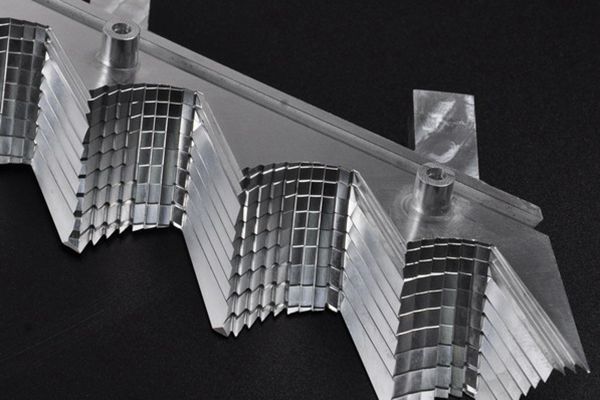
The machining cost is also increased with the increase in complexity of the CNC machined parts. The parts with higher complexity may require more process operations, different tools, and more production time.
The part features like sharp internal corners, deep cavities, or thin wall increases the CNC machining cost. The designs with simple features are easy to manufacture and also save manufacturing time.
The parts with larger dimensions require more raw material and time to manufacture, so their cost will be higher as compared to the smaller parts.
5. Material costs
The material costs are also imperative in calculating the cost of CNC machining. The price of the final product made by a CNC machine depends upon the type of materials of which you are required to make the product. You may be required to make part of plastic or metal materials.
As the plastic materials are cheaper and of less durability, the machining cost of plastic or aluminum material is less as compared to stainless steel. As in CNC machines, the material is removed from the solid blocks to make the 3D object. so, the required raw material will be more than the material of the final product.
The machinists buy the materials in the form of solid blocks and calculate the expense of the product per block. The most commonly used metals in CNC machining are Aluminum, Stainless Steel, and Brass.
Due to the economical prices and excellent machinability of aluminum, most machinists use aluminum in CNC machines.
Stainless Steel and brass result in more cost due to poor machinability relative to aluminum. The titanium alloy is the most expensive of all these metals so the machining cost of this metal will be the highest because it may require some special tools to manufacture the parts.
In case of the plastics, the price of the bulk material is less, tools required also cost less and less time is required to machine the plastics like Nylon, Delrin, and ABS.
6. Surface finishing
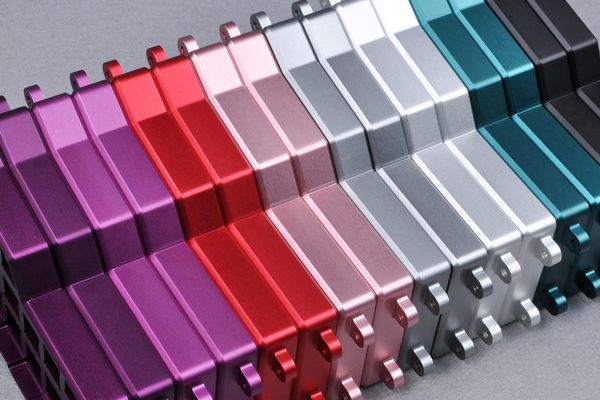
In the case of some products, surface finishing is required which also results in an increase in the price of the final products. In order to improve the aesthetic of the final product and remove any scratches made during the machining process, you may require to provide a good finish like polishing.
Other finishing processes may also include coating, anodizing, painting, chroming, blacking, galvanizing, brushing, and water transferring. The inclusion of any of these finishes will add the extra cost to the price of the final product.
7. Tooling cost
In some cases of manufacturing, standard tooling is not useful so custom tooling is required which also increases the manufacturing cost using CNC machines.
8. Tolerances
In manufacturing the products with tight tolerances, the cost will also increase because fabricating parts with tight tolerances requires complex machinery. Sometimes you may be required to make holes or cavities with tight tolerances which may develop burrs on the surface and will spend more time to reduce it.
9. Quantity
The volume of the order tremendously affects the cost of the final product. It is true that the overall cost will increase with the increase of required finished parts but the cost per part will decrease.
3 Tips to Save CNC Machining Cost
Before the start of the project, it is calculated how much will be the CNC machine cost. While manufacturing the parts with the CNC machining process, one should try to minimize the machining cost.
There are some fixed requirements from the client which can’t be modified but still, there are different methods to reduce the machining cost as follows:
1. Quantity
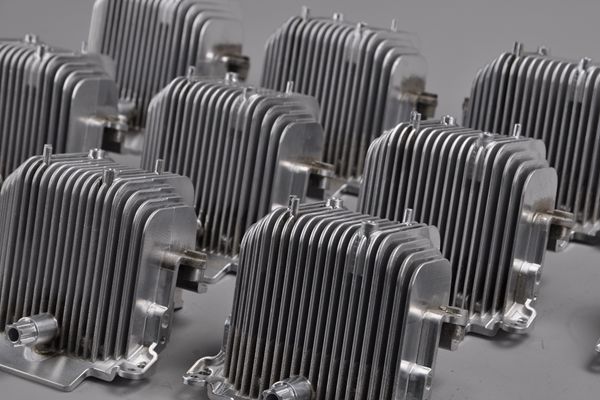
A lot of machining costs can be saved if you are required to make parts in larger numbers. The cost per unit part will be decreased because you have to design the identical part once. In this case, you are required to repeat the machine setup for each part which also results in a decrease in production cost.
2. Be wise in Material Selection
In order to reduce the cost of the product, special attention should be paid to the selection of materials. Materials with good mechanical properties will have lower processing costs. Keeping in mind the function of the product, you must choose the best available material that is easy to process. There is a difference in price between plastic and metal materials. Of course, you can follow the needs of your project and let your manufacturer give you more advice on material selection.
3. Design Optimization
If some features of the product don’t affect the functionality, the design should be optimized to avoid machining those features which will reduce the production cost.
(1) Consider Hole sizes and profiles
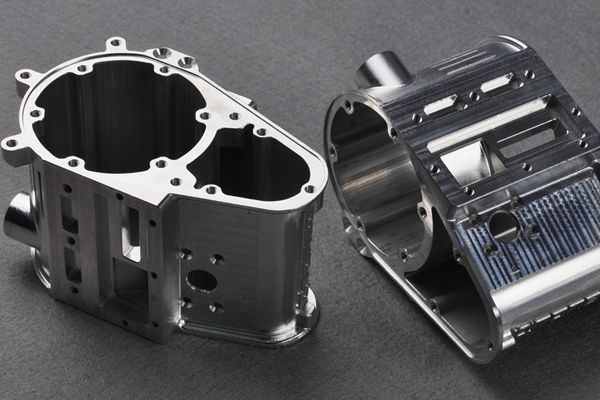
When fabricating your CNC parts, you should ensure that your part features (e.g., holes, contours, slots, threads, etc.) can be made with standard toolings commonly available. Custom hole and thread sizes will need special tools, which can be quite expensive. There are many references about standard sizes used in the machining industry available on the internet.
(2) Avoid thin walls and deep cavities for your part design
Thin-walled parts and deep cavities are very challenging to achieve through machining, and they are usually prone to dimensional inaccuracies. These part features tend to cause vibration on the part and sometimes lead to the scrappage of parts.
(3) Avoid requiring very tight tolerances as much as possible
Parts with tighter tolerances are significantly harder to achieve, hence making them expensive. Only control a dimension if it is essential to the part’s overall functionality. One great piece of advice we can give you is to design your part to have one common reference point or datum. This will both help you and the machinist. First, you, to minimize the dimensional controls you need to put on a part, and second, the machinist, to lessen the inspection time, which also reduces costs.
(4) If complexity is inevitable, convert one piece of that complicated part into modular components instead
When one part gets too complex, it is advisable to split one whole part into multiple components to be assembled. This will make machining much easier and simpler. It significantly reduces set-up time, lessens machining operations, and optimizes machining time. This is a strategy commonly used by designers to promote a part’s manufacturability and lessen its fabrication cost.
Looking for more tips to save the cost of CNC machining? Let’s check this video.
FAQs
Q: Is CNC machining expensive?
A: The product made by CNC machining will be less expensive if it is manufactured in a larger number. For example, you are asked to make a product for which the machine setup cost is $500. The raw material for one product costs 10$.
The overall machining cost of the one will be 510$. But if you have to make 50 identical parts then the cost per part will be 20$. With the increase in the number of required parts, the cost will be decreased as machine setup costs will not be changing.
Q: How do you effectively reduce CNC machining costs?
A: The cost of CNC operations can be minimized by optimizing the design without affecting the complete functionality of the product. It can be done by adding radius in internal vertical edges of the part, limiting the depth of the cavities, increasing the thickness of the walls, properly limiting the length of the threads, optimizing the tapped holes, by splitting the complicated parts into simpler separate parts, by choosing only essential surface finishes, and minimizing the number of the machine setups for operations.
Conclusion
There are various approaches to manufacture our desired products like 3D printing and CNC machining. Every customer has a desire to get an affordable product from the manufacturing company. The different factors, to calculate the machining cost and reduce money spent on the product, are discussed in this article.
By adopting above mentioned tips, WayKen follows DFM and is committed to providing cost-effective CNC machining solutions which an average of 30% lower quotes than competitors. Please feel free to get an instant quote!

